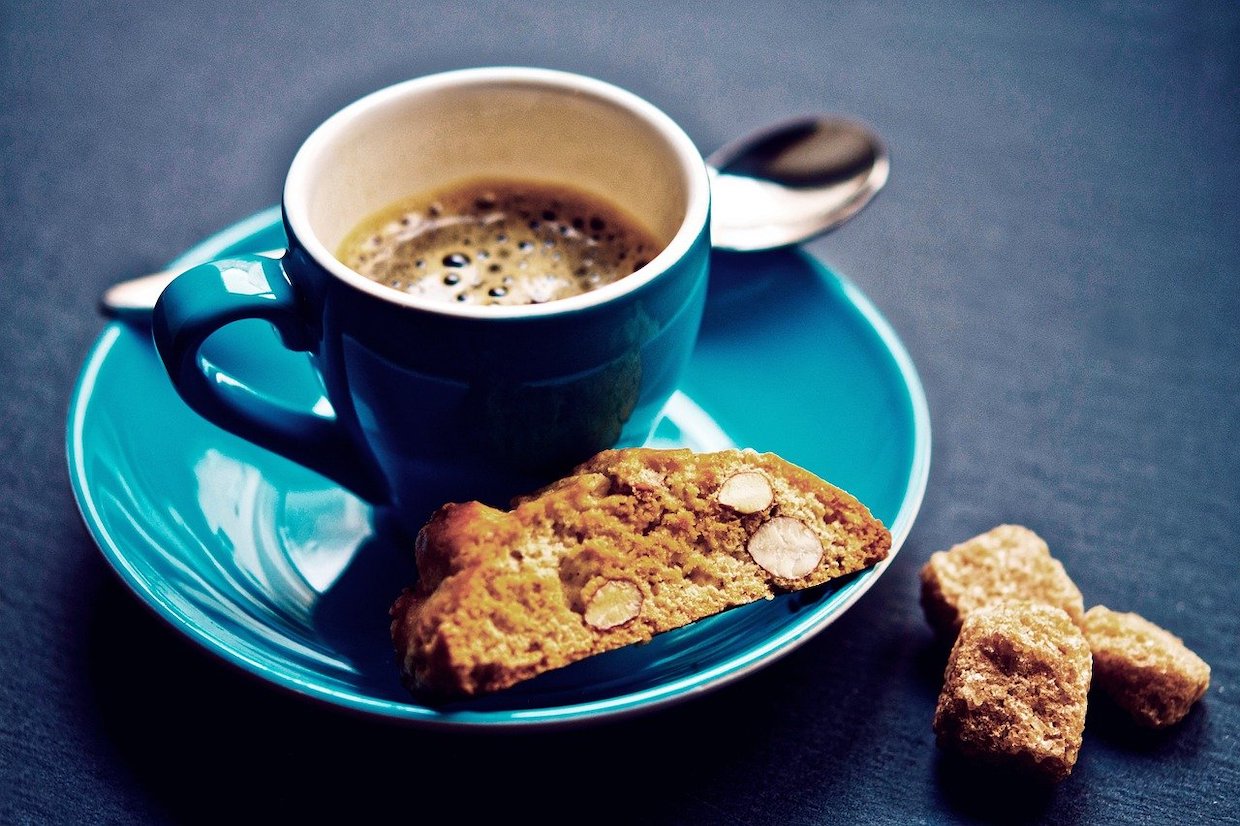Some people who love classical music also dance to Celine Dion. Others are craft beer aficionados who also enjoy a cold bottle of mass market beer at the beach. Some love independent movies while indulging in the guilty pleasure of blockbuster franchises and “trashy” reality TV.
Social scientists call these people “cultural omnivores.” Research has shown that these omnivores are economically and culturally privileged people who can enjoy both “highbrow” and “lowbrow” cultural products simultaneously.
As consumer researchers, we’ve looked into the phenomenon of cultural omnivores. We’ve studied coffee consumption in France for seven years. That’s helped us understand how people develop their omnivorous tastes.
Traditional cafes vs. specialty coffee shops
France has a well-established coffee culture. Paris’ first cafes opened in the 17th century. Today, cafes are sociable places that welcome people from various social classes. When customers ask for a coffee — usually the cheapest drink on the menu — the waiters bring them a bitter espresso that many would call bad. But despite the coffee’s quality, cafes still remain as important cultural institutions.
Over the last decade, many specialty coffee shops have opened in France. Unlike the traditional cafes, these coffee shops use higher quality coffee beans, roasted by artisans and brewed by trained baristas. The coffee comes in numerous variations and complex notes. It is often also twice as expensive as coffee from traditional cafes.
French consumers who were once satisfied with the taste of cafe coffee first found specialty coffee unfamiliar. But once they gave it a chance, they understood why it tasted better. Still, surprisingly, they continued to go to traditional cafes. To understand why, we first need to look at the “market work” of baristas and the efforts they make to attract consumers to a new market.
Rise of the skilled barista
Specialty coffee professionals establish specific criteria about what good coffee is and how to make it. These include the balance of flavours, aromatic complexity, precision and skill of creating of a cup of coffee. They also include service interactions like the friendliness of the barista and their ability to give clear information about the beans to customers. These features of specialty coffee are reinforced by organizations like the Specialty Coffee Association and events like barista championships.
Secondly, specialty coffee shops create opportunities to attract customers into their establishment and make them come back. To do this, they play on their curiosity. They might design their space is a unique way or regularly change the coffee beans on offer.
Thirdly, specialty coffee shops educate consumers about the formal qualities of coffee and encourage them to see coffee as more than just a caffeine fix or an opportunity to socialize. To achieve this goal, baristas might present the geographical origin of each coffee, describe its main flavors and explain the difference between brewing methods.
Little by little, consumers come to appreciate coffee like they would a good wine or work of art. They detect the flavors, observe the technical skills of the barista and listen to the information about the origins of beans.
Cultural omnivores not always snobs
You’d expect that after all this marketing, those who frequent specialty coffee shops would turn their noses up at the coffee sold at traditional cafes. Interestingly, they do not. Cultural omnivores know that “lowbrow” coffee may not be prepared as well or taste as good. However, the taste is not the primary draw for consumers.
For them, the traditional cafe is still a space to enjoy the culture that surrounds it — a space to get a shot of energy and spend time with friends, colleagues and family. Although omnivores can have a lot of enthusiasm for “highbrow” coffee, they keep appreciating the energizing and socializing experience of “lowbrow” coffee.
Of course, that duality goes beyond coffee. Think about cinema, for example. Omnivores might watch independent films and appreciate their originality and complexity. But they also watch action-filled blockbusters as a way to clear their head after a long day at work. When it comes to wine, they might drink an expensive wine for its body and structure. But they might also drink a cheap rosé in summer. They might even add an ice cube to it, despite protests from a sommelier.
Omnivores appreciate highbrow activities as aesthetic forms and lowbrow activities as a way to have fun, socialize and to relax. Switching between different modes of appreciation allows them to form more democratic relationships with different cultural forms and maintain social connections with different social classes.
[Note: This article is republished from The Conversation under a Creative Commons — Attribution/No derivatives. Read the original article here. Any statements or opinions expressed belong solely to the authors and do not necessarily reflect the views of Daily Coffee News or its management.]
Anissa Pomiés and Zeynep Arsel
Anissa Pomiès is a Professeur Assistant de Marketing, EM Lyon. Zeynep Arsel the Concordia University Chair in Consumption, Markets, and Society, Concordia University.









Comment